‘Today I’m a Mermaid. Tomorrow I’ll Be a Unicorn’ and ‘Screen Age I: Self-Portrait’ at Riga Photography Biennial 2018
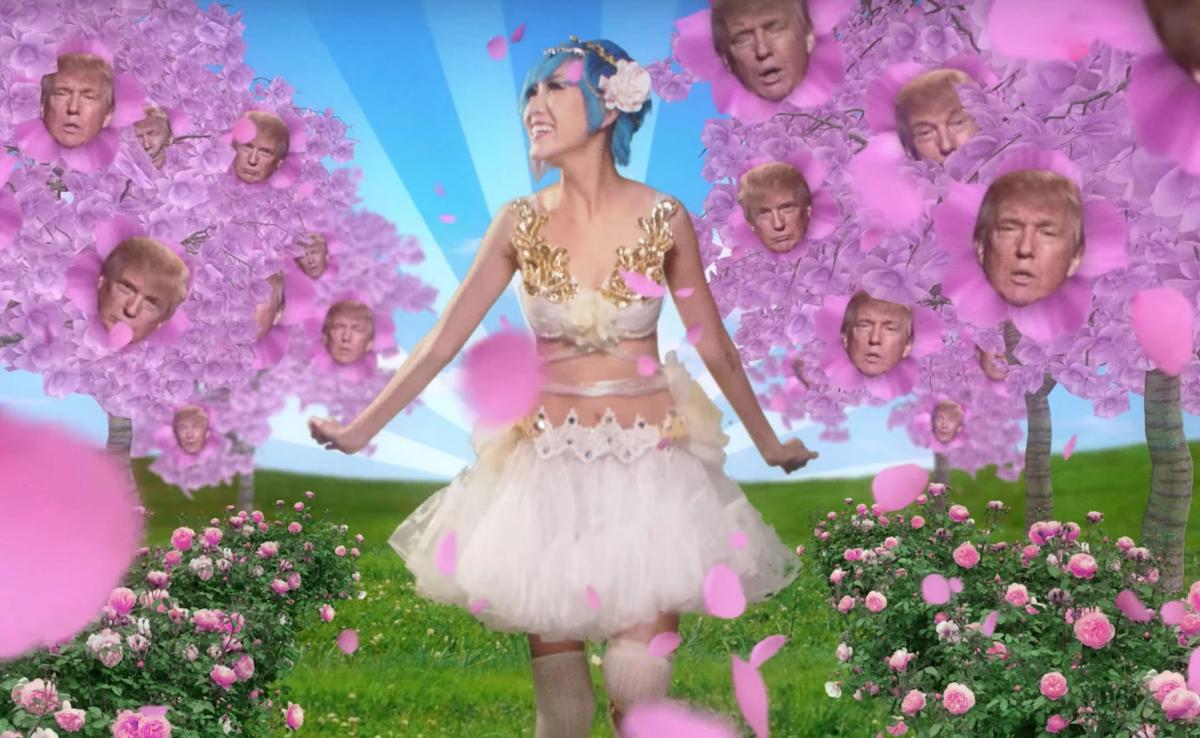
Today I’m a Mermaid. Tomorrow I’ll Be a Unicorn
Riga Photography Biennial 2018 exhibition’s Today I’m a Mermaid. Tomorrow I’ll Be a Unicorn title is derived from a popular slogan mass printed on infant sleepsuits, t-shirts and other items of clothing to promote sales in stores and online. The ambiguous message can be interpreted either as a critical socio-political commentary on contemporary society, its shifting values and peculiar heroes, or as an invitation to let one’s imagination roam free, without defining or limiting oneself within set frameworks of identity and thinking.
The exhibition draws attention to the influence of fantasy, fiction and the absurd on various social groups within 21st century reality, where particular significance is given to social identities such as national, ethnic or cultural belonging. There is a particular focus on “magical identity”, which continues to exist as a form of mythological thinking within the consciousness and habits of rationally-based Western civilisation. In the child’s world, magical identity co-exists with other social identities depending on the desired projections, effortlessly transforming the child into a princess, an astronaut, an elf, a soldier, a mermaid, or a rainbow coloured pony/unicorn. As the individual grows up, this imagined identity may become a way to provoke society outside the group with which the individual identifies, or to express protest and criticism in the context of various youth subcultures. Often such magical identities are created with help from literature, cinema, art, history and pop culture, which in and of themselves are vivid mirrors of society’s values and fantasies. A significant role is also played by globalisation and the growth of information media, which has resulted in hybrids of Western and Eastern pop culture as well as ironically exotic exhibitions in postcolonial countries.
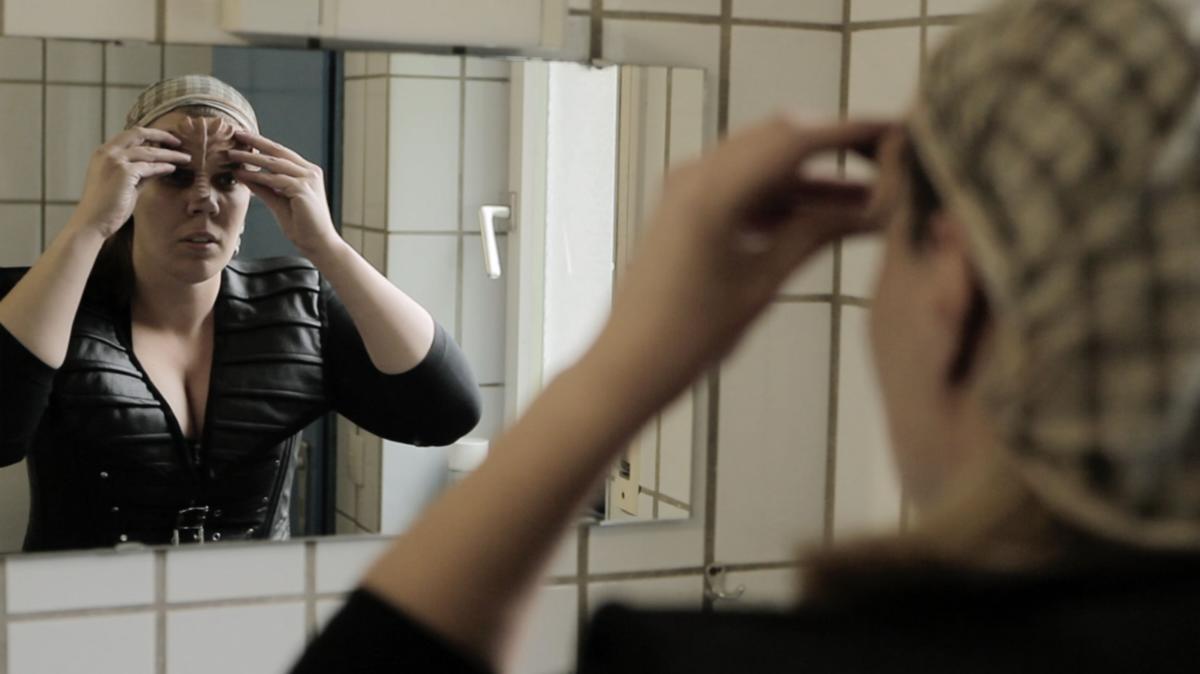
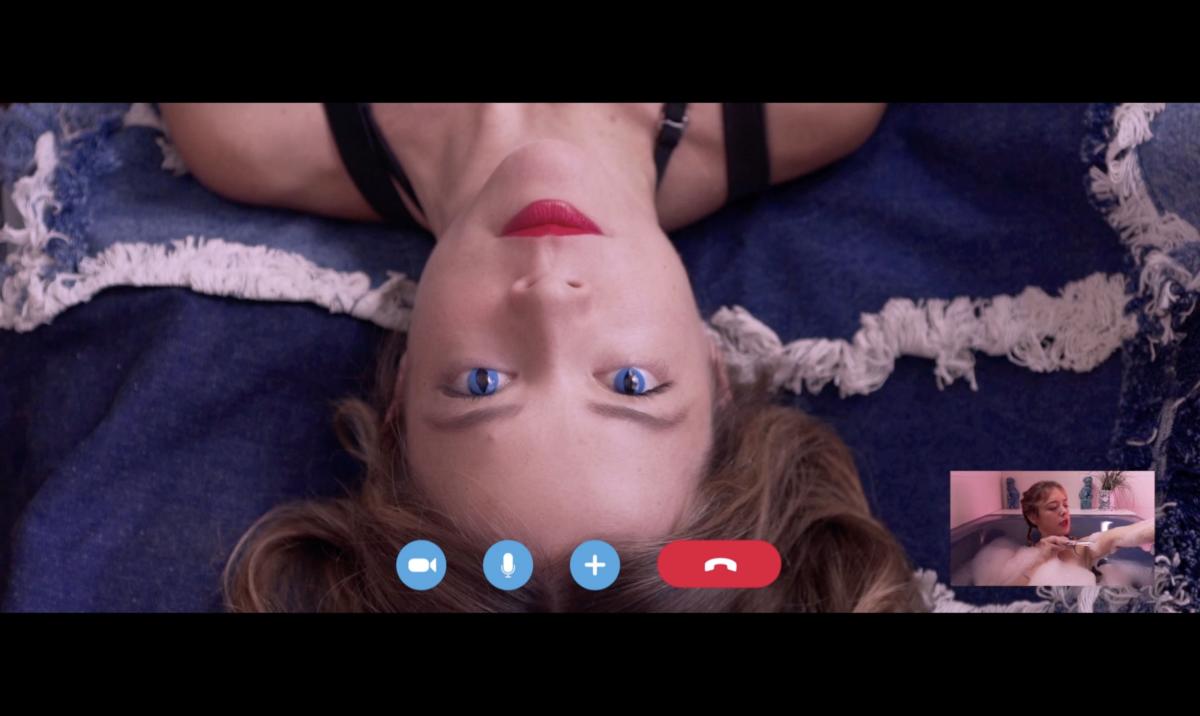
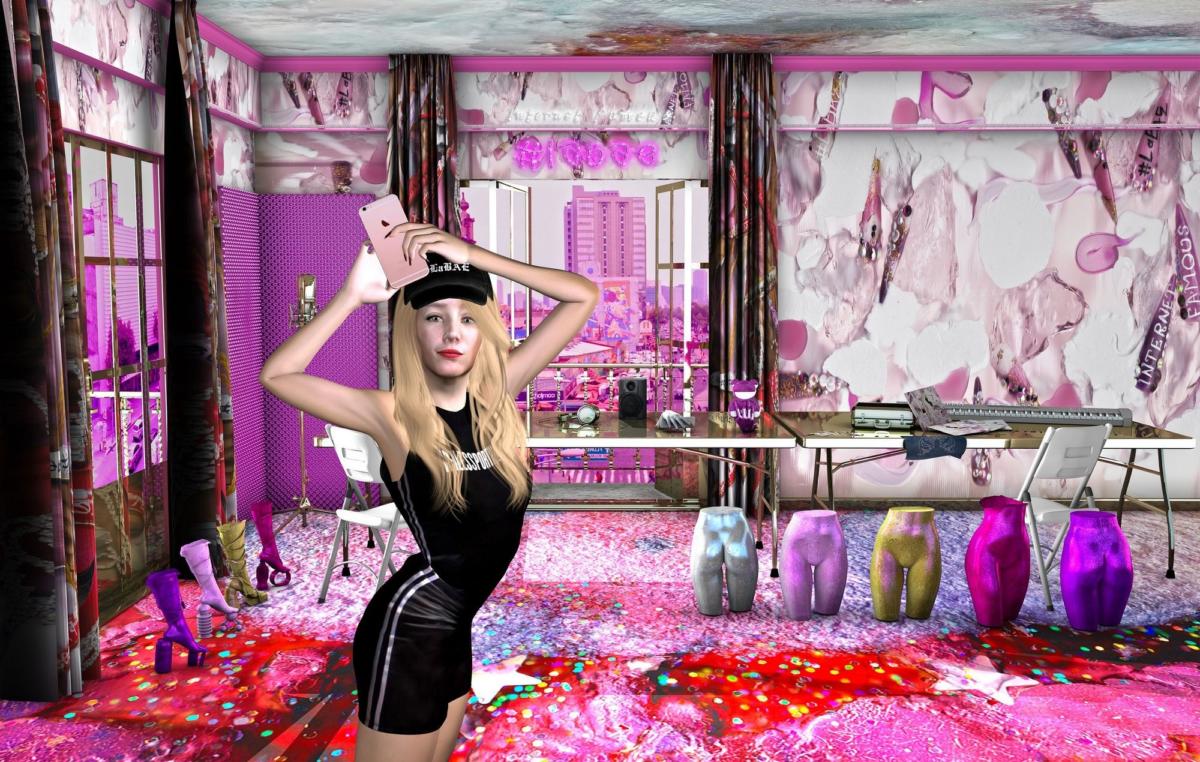
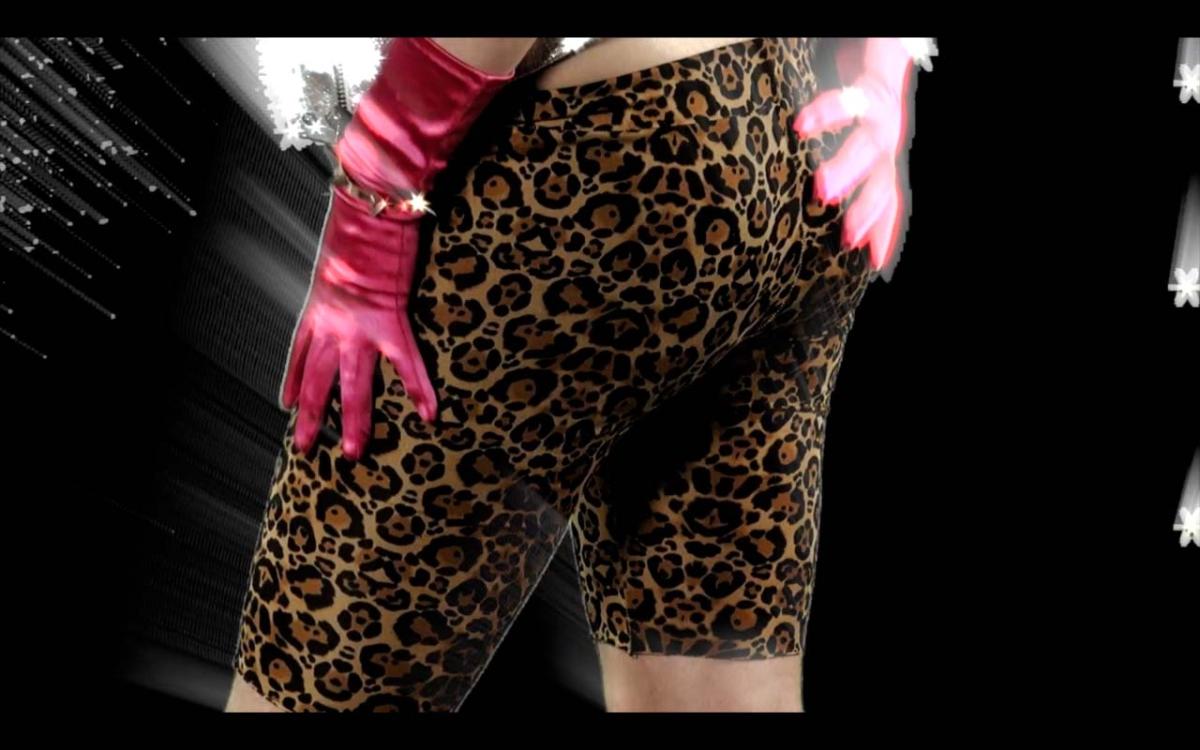
Against a backdrop of the active build-up of armaments, nationalists and populists taking power, the refugee crisis or “the migration of peoples” across Europe, and nuclear ping pong between the USA and North Korea, there has been a rebirth of faith in military generalissimos and exalted leaders. In the context of these global events, the latest works by Latvian photographer Reinis Hofmanis from his LARP (live action role-playing game) and Heroes (cosplay or costume games) series have become more than just portraits of certain interest groups. This space between reality and the magical world becomes a refuge for human ideals and the dreams of Hollywood screen idol-like gladiators. The so-called “magic soldier” theme can also be discerned in the printouts of early 20th century photographs by Latvian artist Kristians Brekte, in which the faces of anonymous soldiers, society ladies and children are coloured in black metal style or otherwise manipulated to create unusual layerings of time, meaning and identity.
The focus of attention for Floris Schönfeld, a Texas-born artist currently residing in Amsterdam, is various groups of enthusiastic people who are passionate about imaginary characters and worlds and magic rituals. One of these projects is the result of collaboration with Trekkies (fans of the American sci-fi TV series Star Trek) who dress up as Klingons (humanoid civilization) and speak Klingon with each other. In the process of creating the first Klingon opera on Earth, the artist had to continually test the project’s authenticity with the Trekkie canon to ensure that the opera and its related activities would be accepted as part of Klingon culture. The second project by Schönfeld in the exhibition is about a resident of San Francisco who believes in a conspiracy involving an intergalactic parliament, and a reality show in which he and his family have accidently become stars.
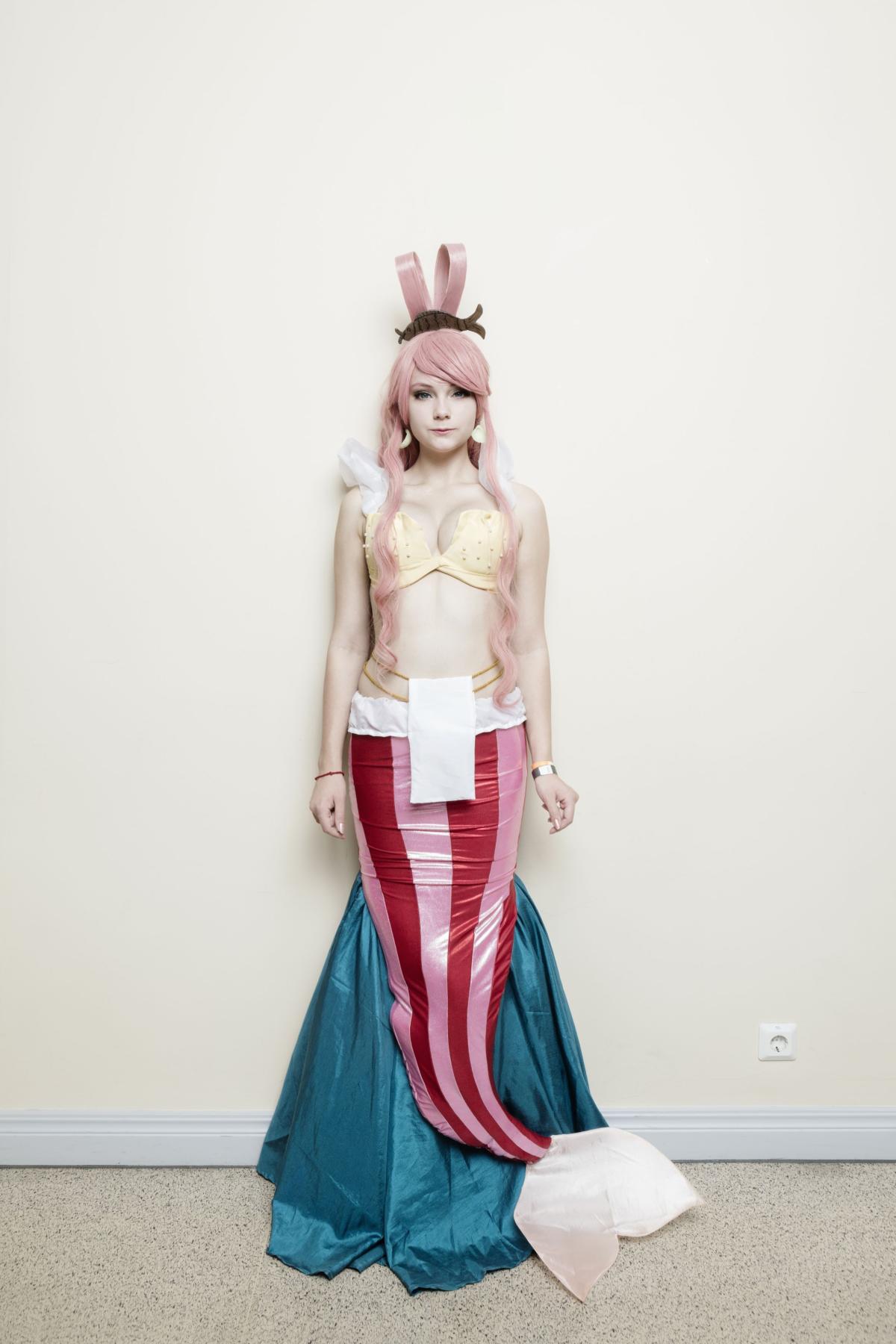

The subjects which attract Alina Kleytman, an artist from Kiev and a PinchukArtCentre Art Prize finalist, are the female body, sexual emancipation, aggression and the degradation of modern society. Barcelona-born artist Natalia Ibáñez Lario for her part is interested in the forms of self-reflection by young women in social media, turning her body and lifestyle into a consumer product. The artist’s works can be described as a “celebration” of aggressive capitalism in a cute and girly way.
Expanding on the visual potential of the subject, representatives of pop culture are also present at the exhibition. Their projects are characterised by powerful cooperation between different artists, experimental formats, and the ability to transform contemporary mass culture products into both colourful visions and social activism. The self-produced video clip Genesis (2012) by Canadian musician and artist Grimes combines Christian iconography (particularly influenced by Hieronymus Bosch) and anime aesthetics, creating a modern, messianic action video in the best traditions of Medieval Catholicism.
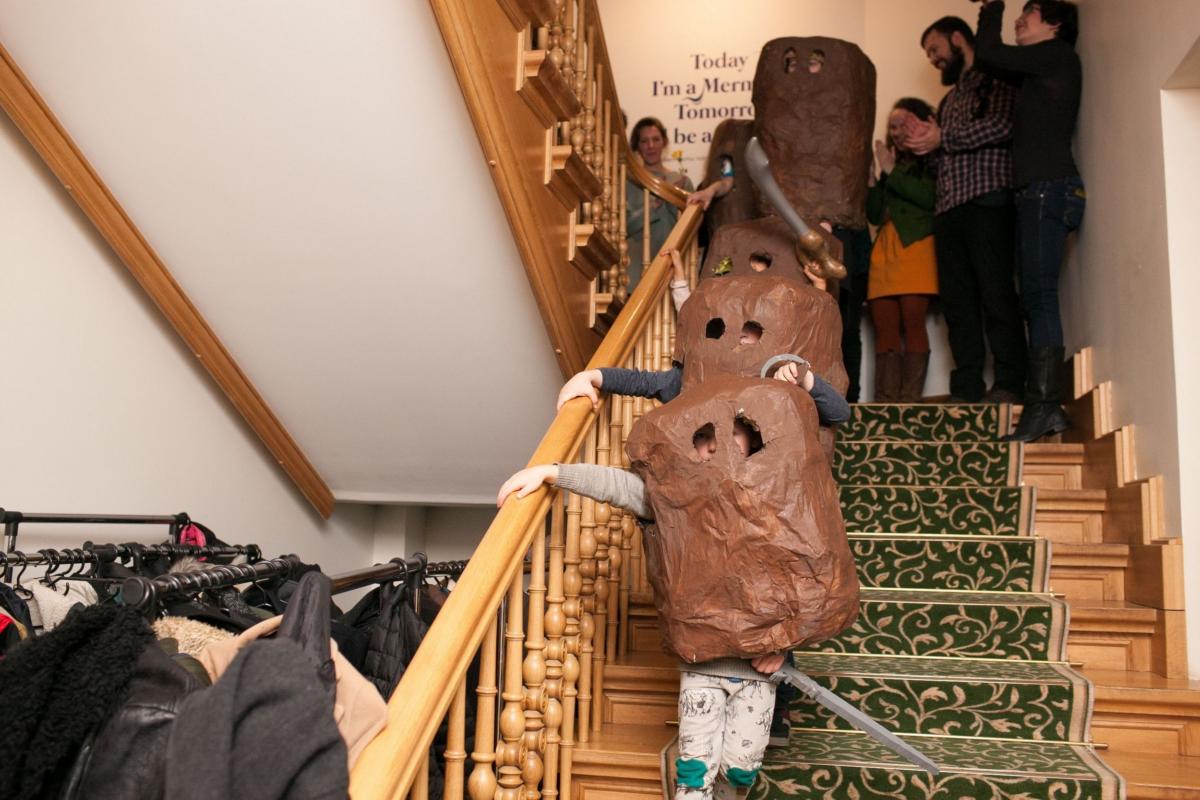
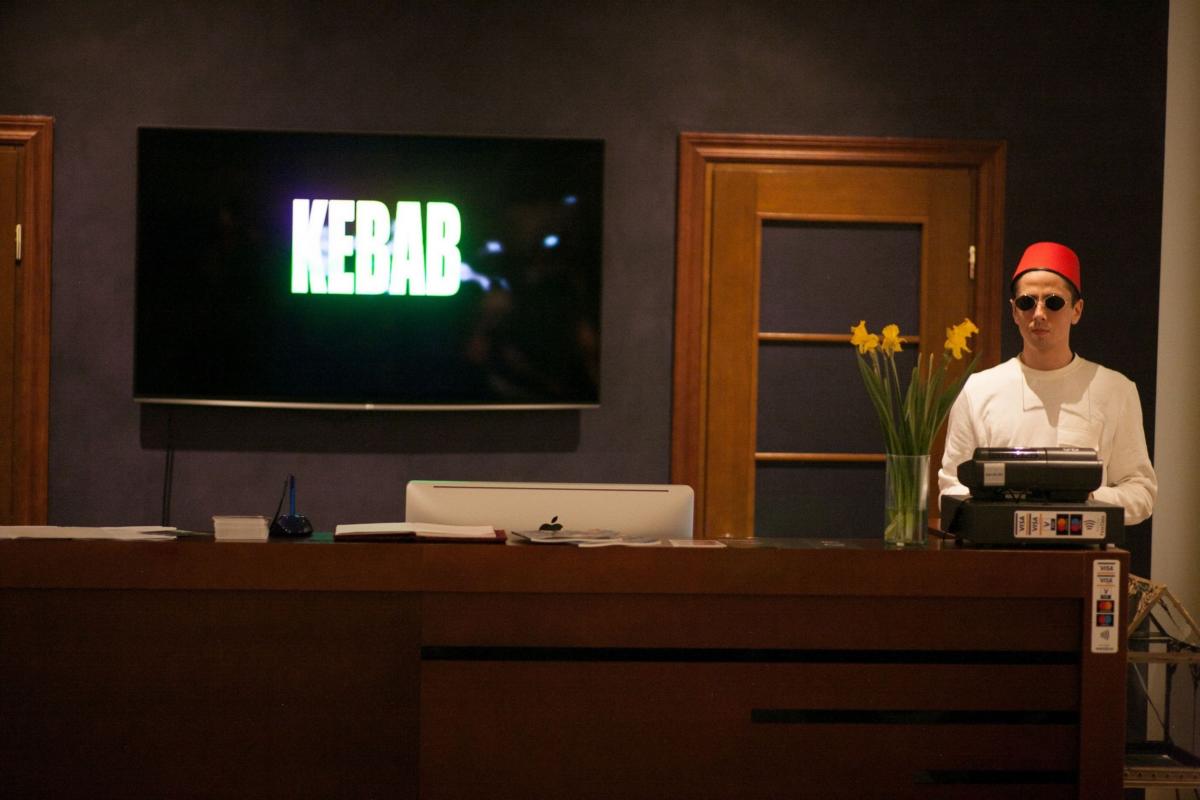


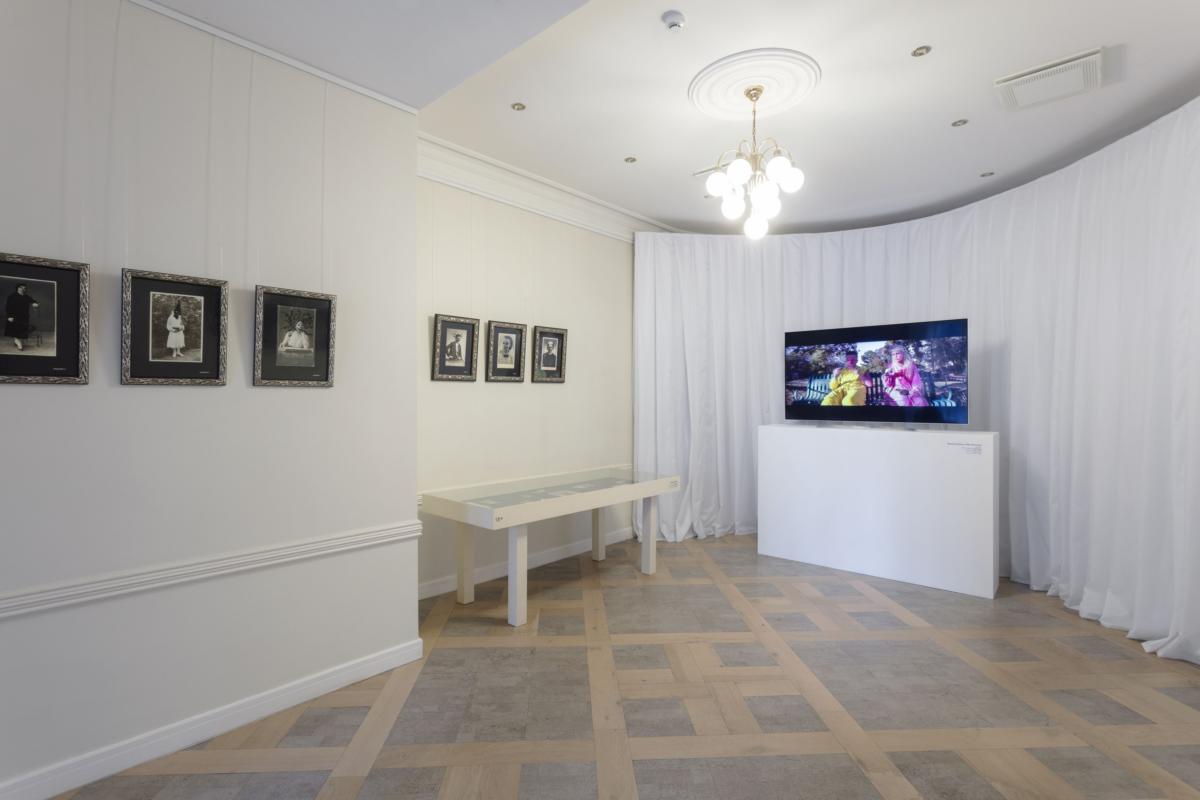

American director Harmony Korine creates an offbeat version of Bonnie and Clyde in his absurd short film Umshini Wham (translation: “Bring me my pistol”, 2011), whose heroes are the eccentric South African rave rap group Die Antwoord. In the film, the musicians are dressed in the costumes of Japanese animation hero Pikachu from the Pokémon series, portraying outsider scavengers-gangsters who cruise around the village in wheelchairs. The exhibition also includes a video work by YouTube star, director and special effects artist Mike Diva, and devoted to the US presidential elections. Using highly eclectic mass culture symbols, including advertising and music clip aesthetics, the artist makes witty, cutting political statements. The unveiling of the project at the MuseumLV space will also feature the tamed fashion show Kebab by Ivars Grāvlejs and Margrieta Griestiņa.
Text by curator of exhibition Šelda Puķīte
Screen Age I: Self-Portrait
It’s a story about us – the representatives of civilisation in the 21st century – who steadily endeavour to order everything in digital systems and prefer to partake in information wars only. The fulfilment of dreams that until recently was exclusively confined to the science fiction genre is making modern humans more and more accustomed to previously unparalleled levels of comfort. The dizzying development of new technologies imperceptibly and yet at a steady pace has been altering our habits, followed by changes in perception and awareness. Life is lived inside screens, networks and bubbles where it’s not that hard to construe your own identity – one or several – according to personal whims, professional requirements and the tastes of a self-selected group of friends. In a virtual environment we meet people, make friends and separate without ever meeting each other in real life.
The exhibition Screen Age I: Self-Portrait brings together 12 artists and their thoughts on how technologies influence and change us. In just a few decades, life inside various screens has drastically changed people’s preconceptions that have been formed over many centuries – about the self, personal relationships, about our attitude towards nature and the world of machines. The authors of this exhibition share a common interest and aspiration to delve deeper into these societal changes. Their creative method is investigative and reflexive. Despite different personalities, experience and background, the participating artists have all arrived at the same focus of enquiry: the quest for their own human essence as it encounters, strays off, or even irreversibly merges with technocratic systems and constructions invented and activated by other humans.
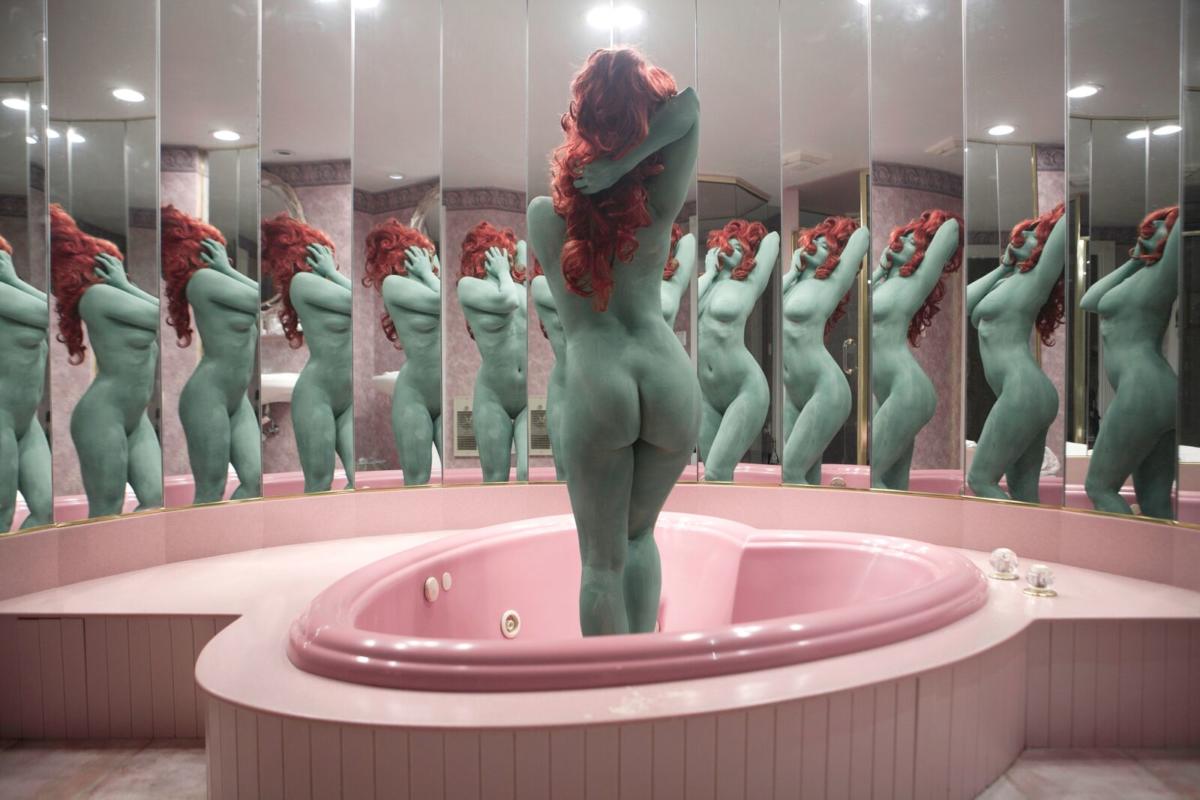

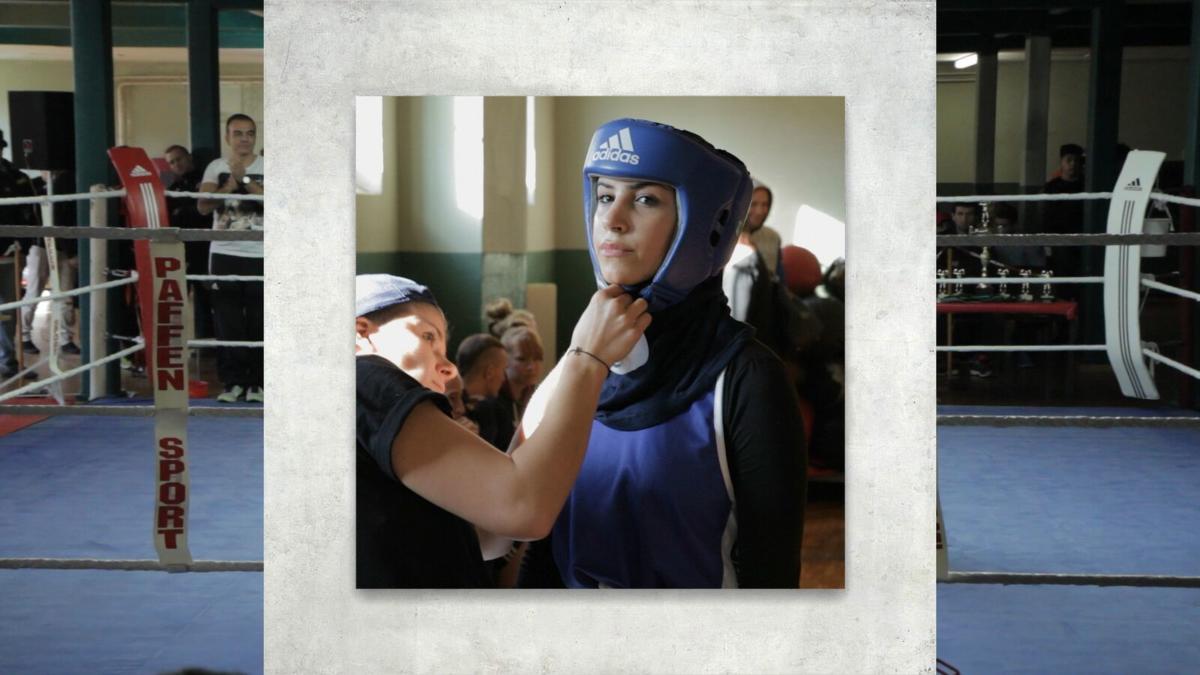
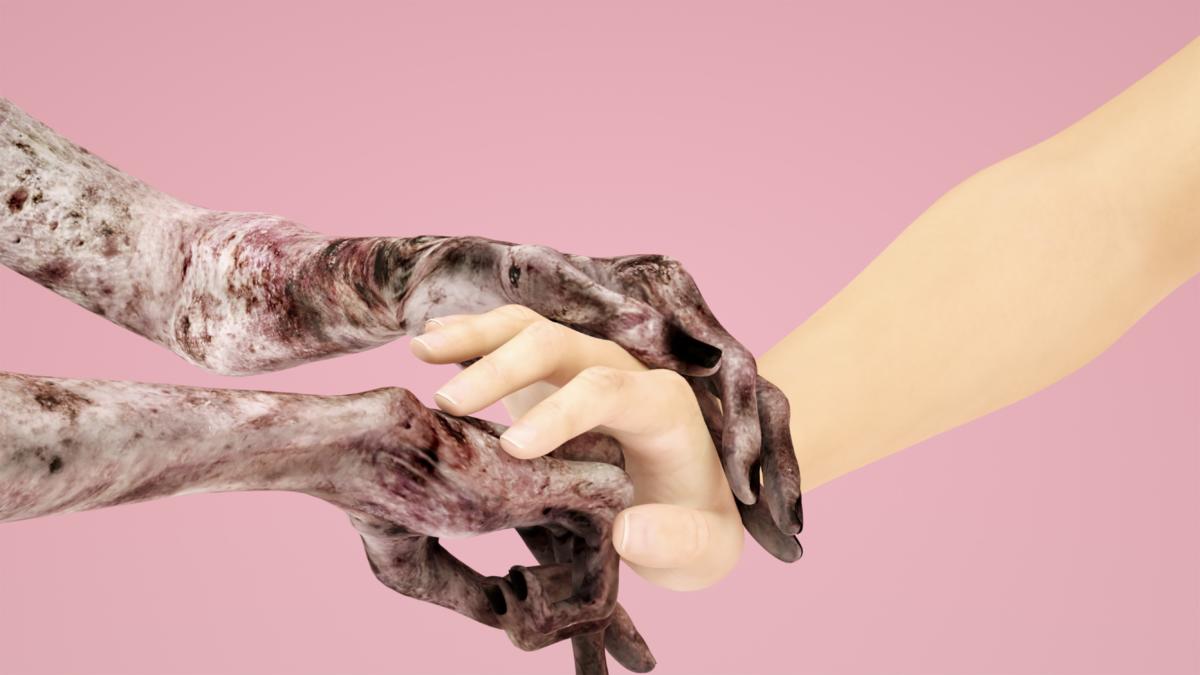
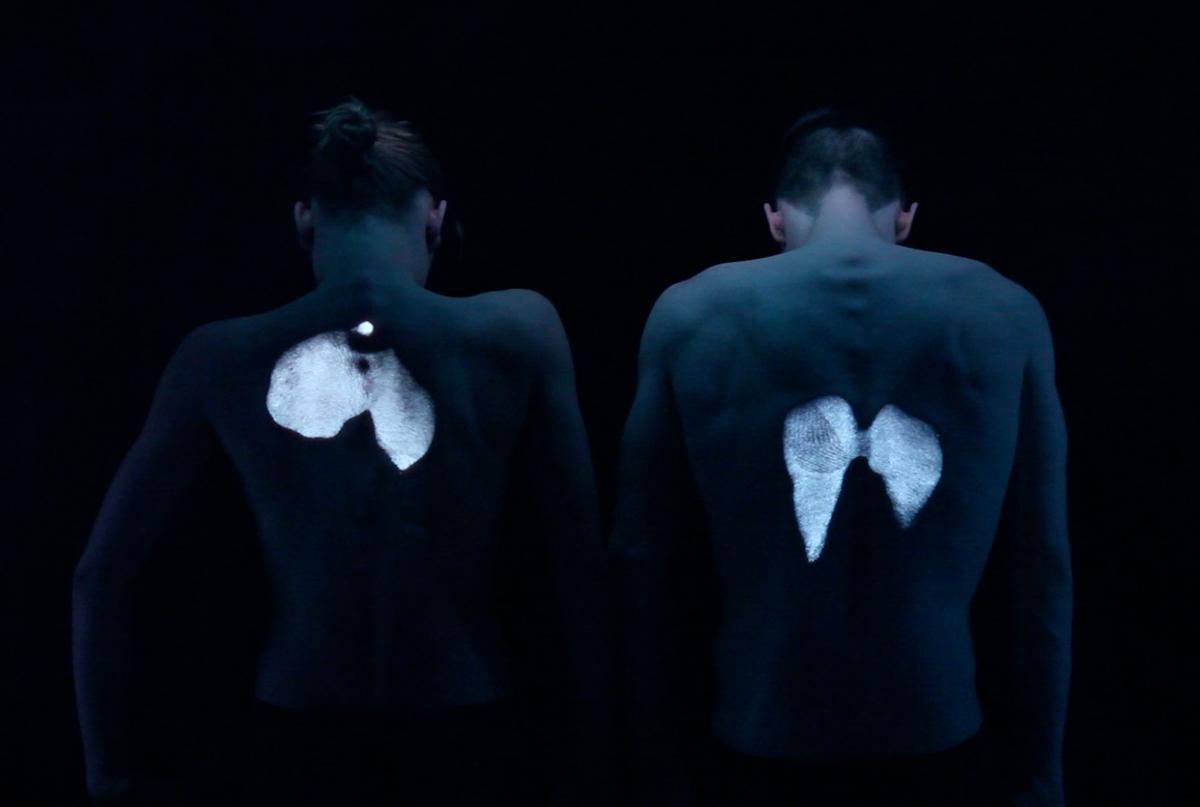
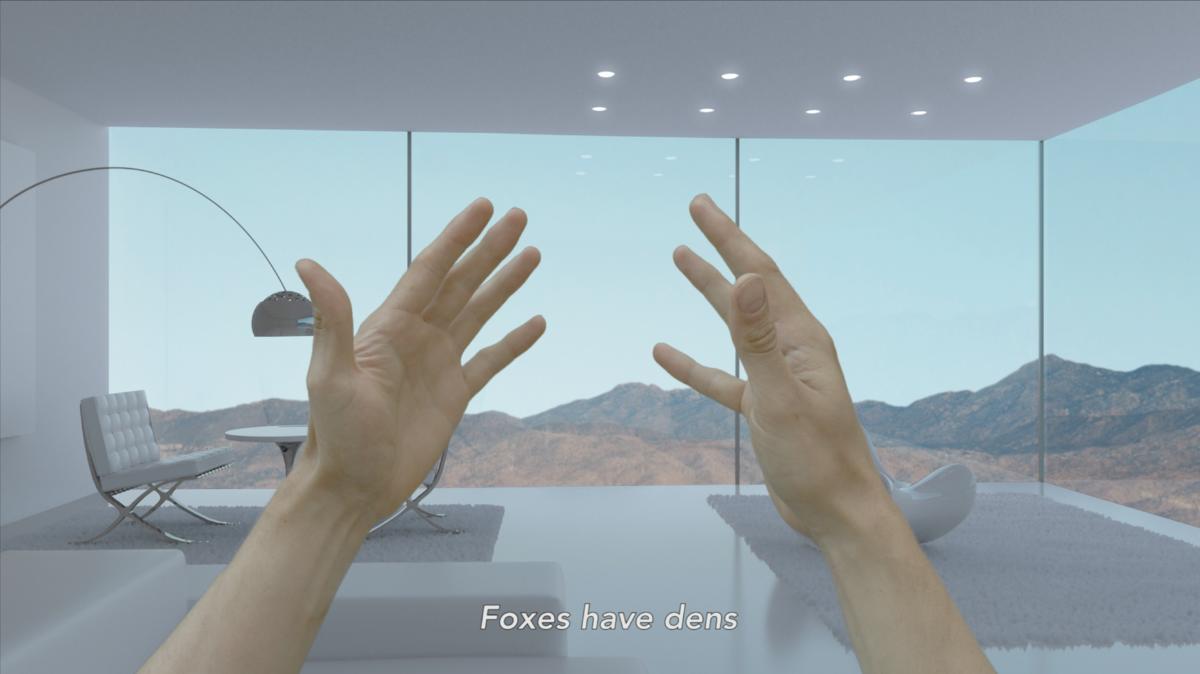
The range of issues covered in the exhibition includes several aspects of identity – body, gender, social and historical identity. In their work artists have approached the same question from many angles: how do our emotional responses such as feelings, pain and empathy adjust to the technological space of today? Scandinavian artists provide a rather direct riposte. Charlotte Thiis-Evensen has focused on children and teenagers who are still forming their identity. A slow, tranquil, meditative movement; a touch; a hug; water being poured onto a naked body can all be perceived as a primer teaching physical communication to those who have learned and adopted digital communication from an early childhood. Scenes played out by young people of mixed ethnic backgrounds and different genders, inside a white space or on a neutral natural background, symbolically embody the idea of equality, respect and reconciliation. Elina Vainio’s video examines yet another peculiarity of our contemporary society – a lonely man’s obsession with comfort gadgets, which further increase the gulf between him and the surrounding environment.
German photographer Hannes Wiedemann has chosen a completely different approach, working in the genre of documentary photography: he has followed the activities of a bodyhacking community in a rural American town. Members of this community illegally develop and implant devices into their own bodies to artificially improve their human capacities, thus becoming a cyborg of sorts. Meanwhile British artist Kate Cooper explores the human body inside virtual reality which is governed by the principles of production and annihilation familiar to capitalism. In her video installation, the three bodies – sculpturally perfect, wounded and damaged – force us to look for a shelter within ourselves.
German artist Anna Zett strives to access the essence of human relationships through symbolic thought. Her video depicts the symbol of a magical ring, a boxing ring and zoetrope, inside which the girls’ boxing match fuses with the visualisation of neurons in an optical cable net. The artist simultaneously abstracts and criticises the ideology of contemporary natural sciences, compares palaeontology and neuroscience, and anticipates destructive changes to our civilisation in the nearest future. The video by Dutch authors Juuke Schoorl and Frank Kolkman, on the other hand, sensitively reveals visual analogies between the digital world and the physical world, and poetically likens the touch-sensitive screen to human skin.
Lithuanian photographer Paul Paper has also devoted himself to contemplating how technologies affect our everyday life. His interpretation is filled with optimism, irony and humour, and he has found unlimited potential for his creative practice in the gap between human vision and artificial intelligence. While analysing the visual recognition system developed by Microsoft which, for example, can recognise students’ faces in China, he has concluded that it can easily mistake a lonely dog in the savannah for a dazzle of zebras.

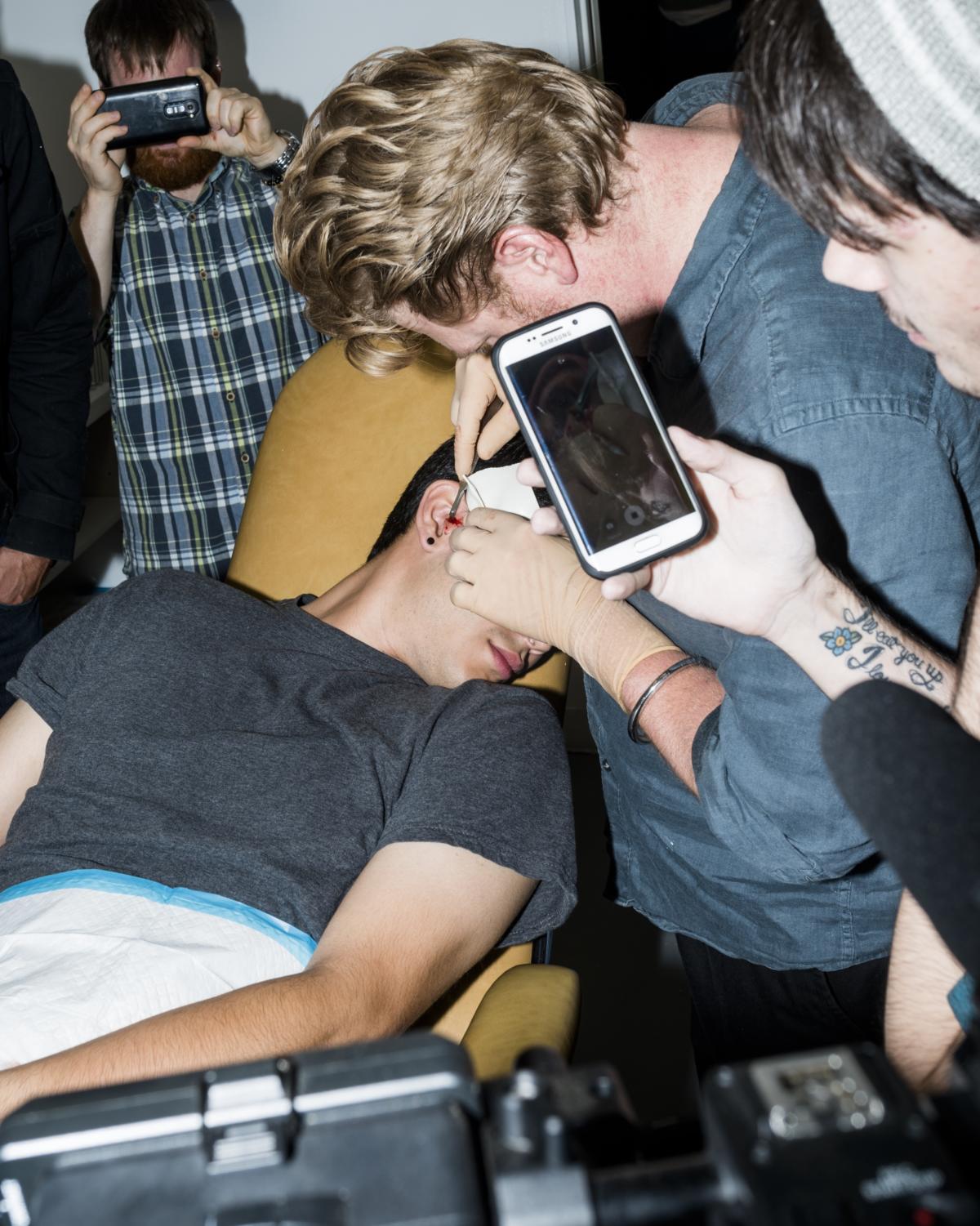
It would seem that French artist Antoine Catala has virtually moved in inside his mobile phone and his work, like a digital doll house, depicts scenes from his childhood – loops of wittily animated psychological traumas in which, by assuming the roles of actor and director, he solves relationship problems to understand the thoughts and feelings of other people. The work is based on his dual personal experience as a Frenchman living in New York and an ordinary person subjected to contemporary digital communication habits.
British artist Juno Calypso is represented by a series of provocatively ironical self-portraits taken from a feminist point of view, demonstrating the feminine beauty rituals in an attractive and visually compelling way. Polish artist Aneta Grzeszykowska’s work is in sharp contrast and firmly demonstrates how a female character (image) is de-constructed in erotically enthralling details by the male androcentric gaze.
The video installation by Estonian artists Kristina Õllek & Kert Viiart touches on the currently trending subject on how to make the old new and exciting again, since now everything can age or appear old within a few hours. Their work explores the simulation of antique art in today’s world: archaeology, restoration using 3D printers, tourism with VR headsets, souvenir culture etc., whilst also questioning the meaningfulness of art objects that have endured to this day even though the space, environment and context in which they were originally created no longer exists.
Cybertrump by Latvian artist Līga Spunde joins the collective conversation by contemplating information chaos and our data usage habits. For over a year the author gathered data discarded in the recycle bins of publicly available computers, acquiring a rather interesting collection that truthfully highlights our society from a rather unusual viewpoint.
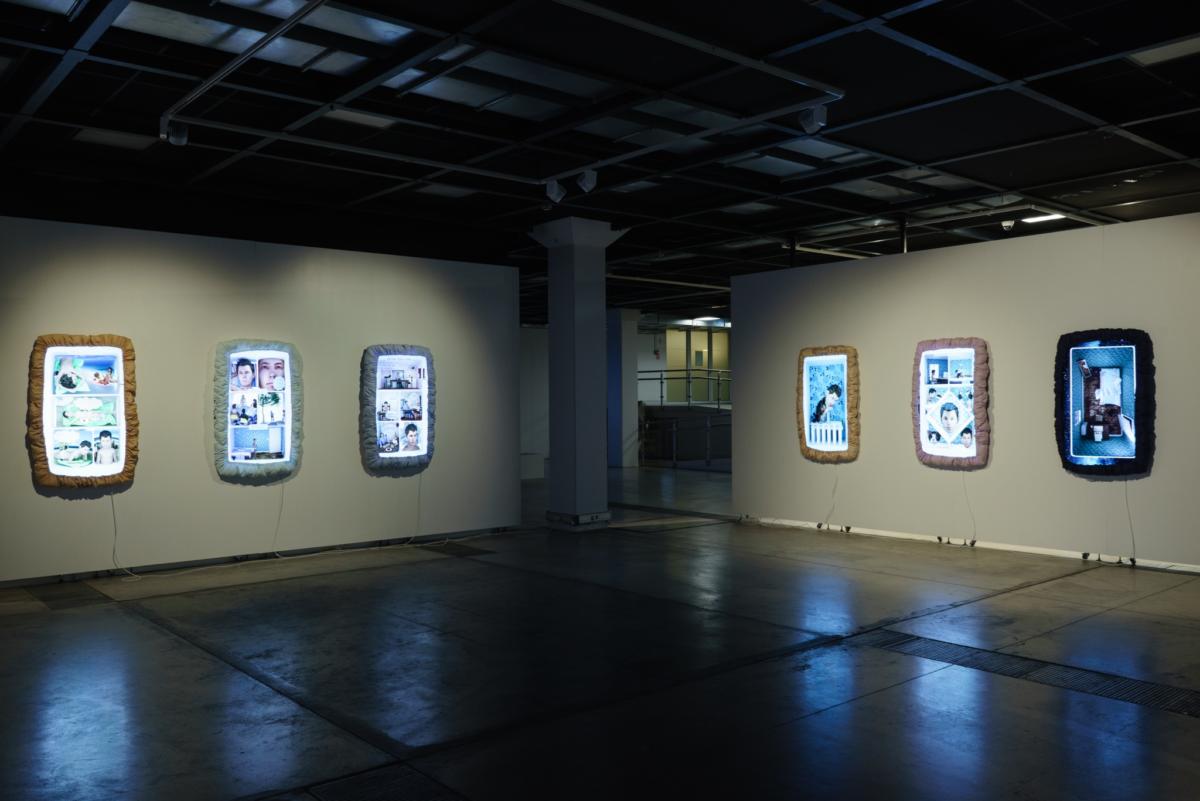

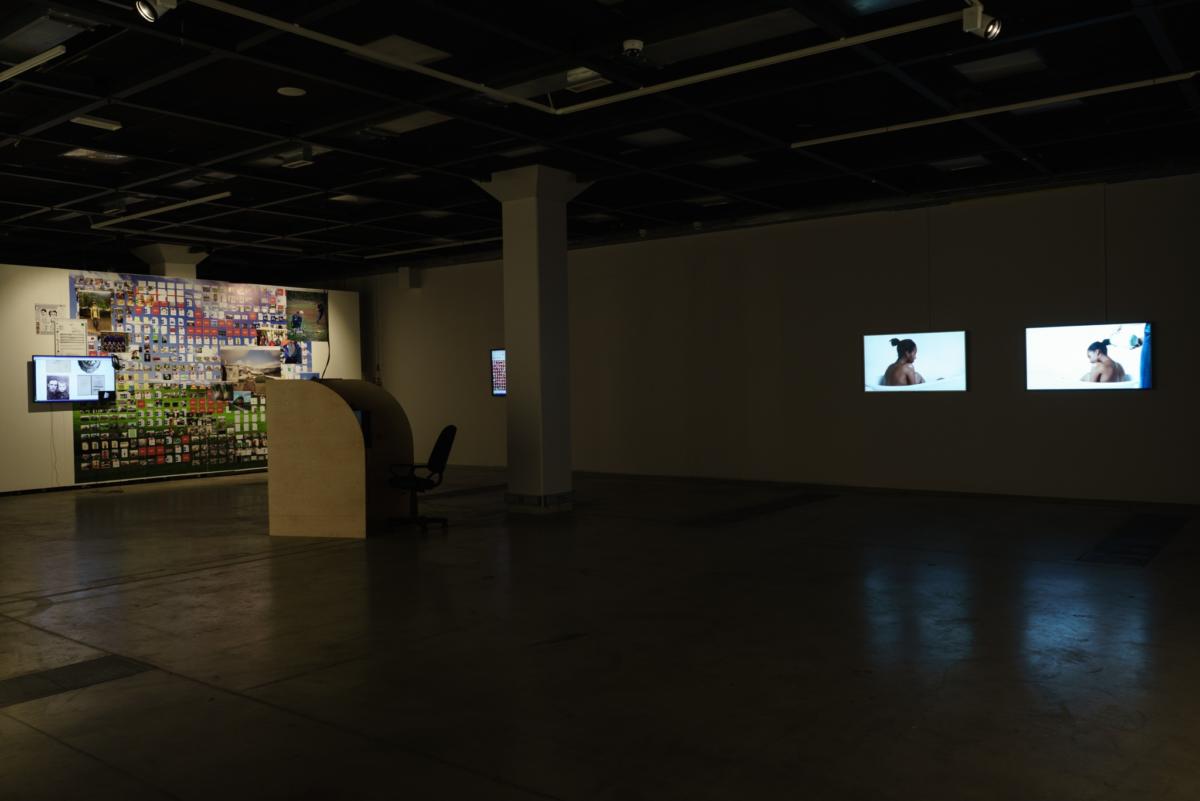
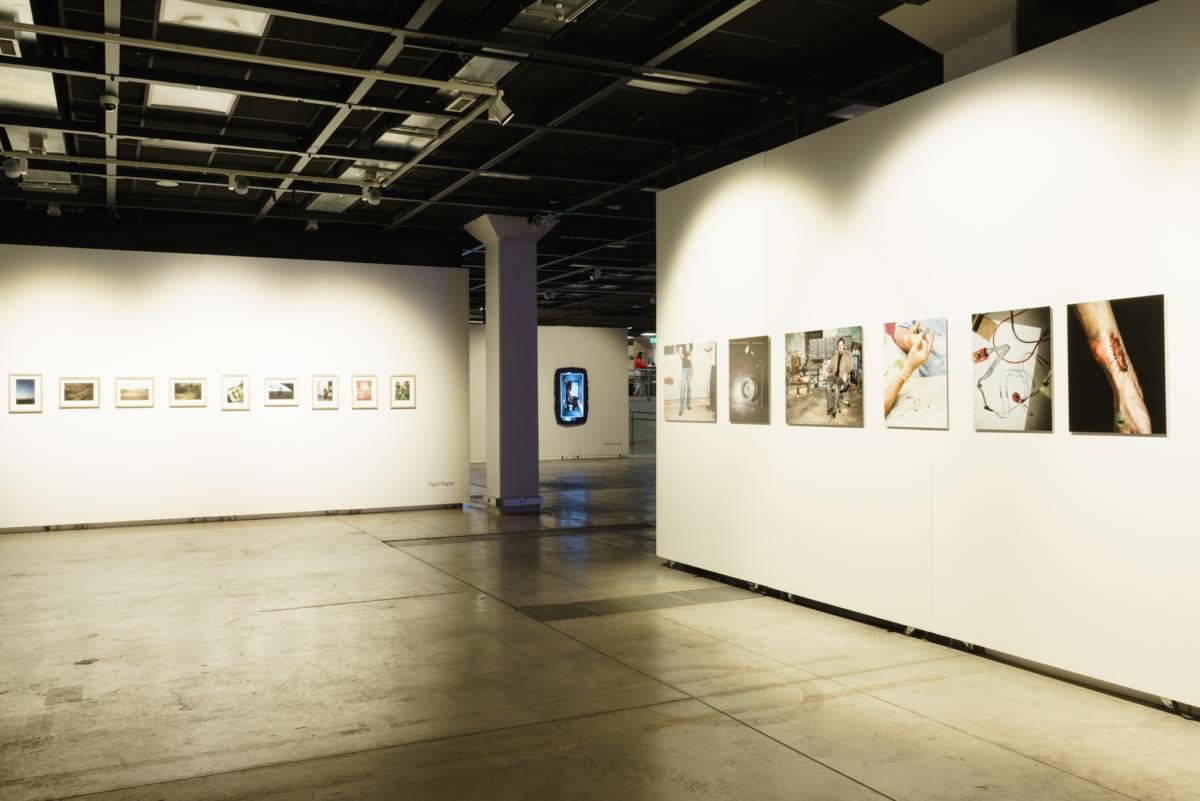

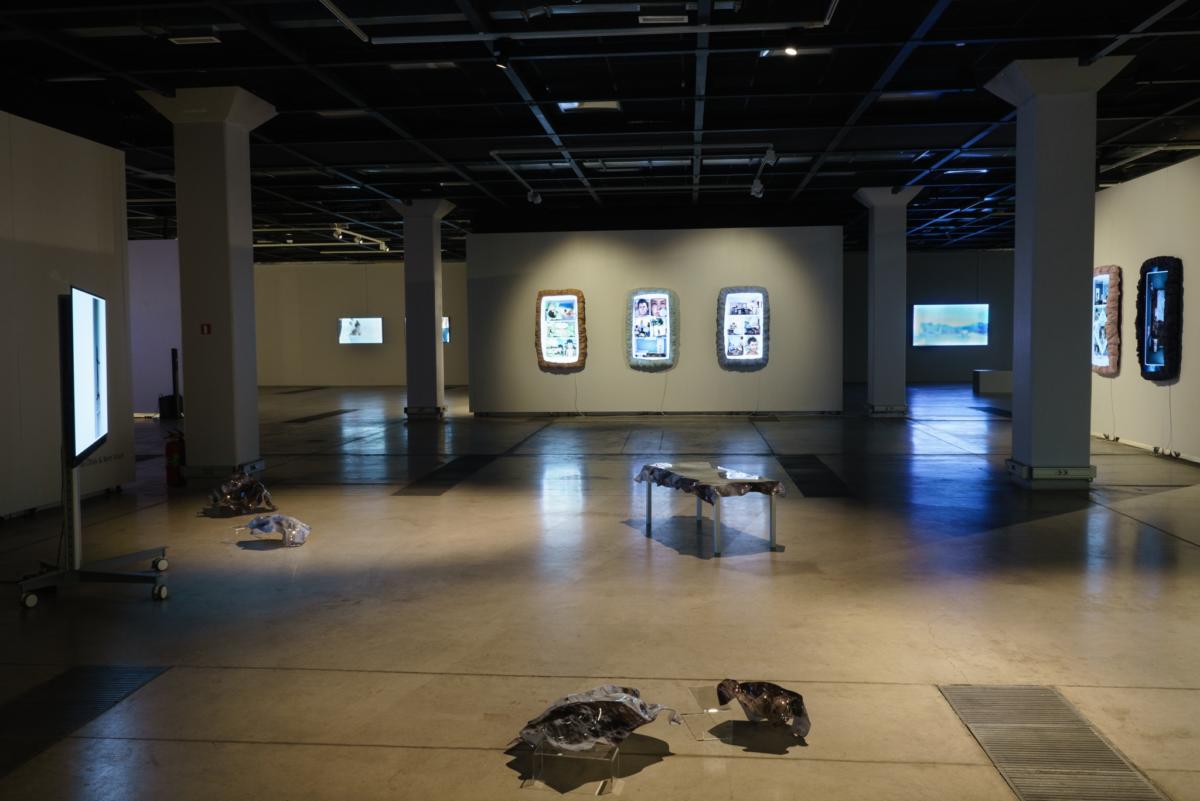
The selected photo and video works in this exhibition reflect the current situation in all its diversity and strive to engage with new patterns of thought about the evolution and the self whilst at the same time pursuing stability.
Curated by: Inga Brūvere in cooperation with Marie Sjøvold
Text by Aiga Dzalbe
Imprint
| Artist | Kristians Brekte, Ivars Grāvlejs, Margrieta Griestiņa, Reinis Hofmanis, Alina Kleytman, La BAE by Natalia Ibáñez Lario, Floris Schönfeld, Mike Diva, Grimes, Harmony Korine, Die Antwoord (Today I’m a Mermaid. Tomorrow I’ll Be a Unicorn); Juno Calypso, Antoine Catala, Kate Cooper, Aneta Grzeszykowska, Kristina Õllek & Kert Viiart, Paul Paper, Juuke Schoorl & Frank Kolkman, Līga Spunde, Charlotte Thiis-Evensen, Elina Vainio, Hannes Wiedemann, Anna Zett (Screen Age I: Self-Portrait) |
| Exhibition | Riga Photography Biennial 2018 |
| Place / venue | Gallery MuseumLV (Today I’m a Mermaid. Tomorrow I’ll Be a Unicorn); Riga Art Space (Screen Age I: Self-Portrait) |
| Dates | 07.April - 06 May 2018 (Today I’m a Mermaid. Tomorrow I’ll Be a Unicorn); 13 April-13 May 2018 (Screen Age I: Self-Portrait) |
| Curated by | Šelda Puķīte (Today I’m a Mermaid. Tomorrow I’ll Be a Unicorn); Inga Brūvere, Marie Sjøvold (Screen Age I: Self-Portrait) |
| Website | www.rpbiennial.com |
| Index | Alina Kleytman Aneta Grzeszykowska Anna Zett Antoine Catala Charlotte Thiis-Evensen Die Antwoord Elina Vainio Floris Schönfeld Grimes Hannes Wiedemann Harmony Korine Ivars Gravlejs Juno Calypso Juuke Schoorl & Frank Kolkman Kate Cooper Kristians Brekte Kristina Õllek & Kert Viiart La BAE by Natalia Ibáñez Lario Līga Spunde Margrieta Griestiņa Mike Diva Paul Paper Reinis Hofmanis Riga Photography Biennial 2018 |
